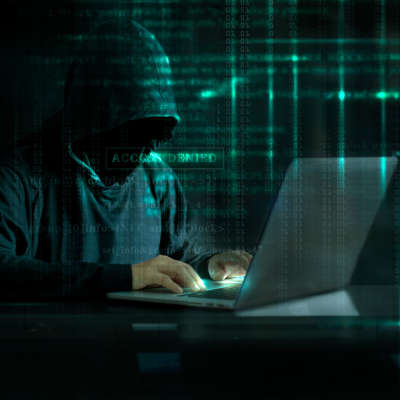Yet another poisoned gift from COVID-19: the increase of people working remotely has brought an increase in cyberthreats to business IT. Hackers know a good opportunity, and it’s a real problem for network administrators. Let’s take a look at some scary statistics as we head into the fall, where experts predict the virus to become more problematic.
Unsecured Remote Desktops at an All-Time High
Because so many businesses have had to ask their employees to work from home, and at very short notice, there’s a huge upsurge in people working on unsecured equipment with access to company resources. Unsecured remote desktops have risen by over 40 percent; easy pickings for cybercriminal brute force attacks. If hackers get into a desktop that’s part of a larger computing network, it’s an even bigger payday for them.
Brute Force Attacks
According to the Russian cybersecurity lab Kaspersky, brute force attacks are up nearly 400 percent over 2019. No surprise there. IT admins had to set employees up remotely in a big hurry, which left a lot of vulnerability.
COVID-19 Isn’t Just One Virus
Hackers and scammers are using COVID-19, and people’s hyper-awareness of it, against users. As soon as the virus became front-page news, COVID-19-related phishing attacks exploded all over the Internet. In one month, COVID-19-related phishing attacks spiked to nearly 70 times over the previous month.
More Phishing Attacks Are Getting Through
For some reason, people working at home are more relaxed about incoming emails. This is how phishing emails get through and cause network security breaches. People are always the weakest link in your company’s cybersecurity platform,. With the relaxation of office discipline, users are being less careful, and hackers are getting through.
COVID-19 is a Field Day for Scammers
As we said, hackers are opportunists. A global pandemic is a hacker’s dream opportunity. There are literally billions of COVID-19 pages up on the Internet, which makes it difficult to sort the legitimate from the malicious. Thousands of domains are added every day, 90 percent of which are scams. It’s a shame that the largest health crisis in decades inspires people to scam others, but those are the facts.
Zooming Into Trouble
Remote work means teleconferences, and Zoom is one of the biggest beneficiaries of the COVID crisis. Unfortunately, hackers are capitalizing on it. Recent reports stated that over 500,000 Zoom credentials were for sale on the Dark Web.
There is also a big increase in the word “zoom” online, which experts say is due to an increase in malicious code being shared with zoom in the name. They believe this increase could be up to 200 times over the norm. Zoom itself isn’t dangerous as long as platform users are careful and practice good cybersecurity hygiene.
Other Problems
On top of all this, there have been reports of fake contact tracing apps that contain ransomware. Contact tracing apps ping nearby smartphones to trace the spread of COVID-19 to try to control it. Unfortunately, malicious fake contact tracing apps are now being used to distribute ransomware.
Security has to be at the top of your list at the best of times, and COVID-19 has thrown the mother of all monkey wrenches into business IT. Want to talk about cyber threats? Call the pros at Quikteks today at (973) 882-4644.

